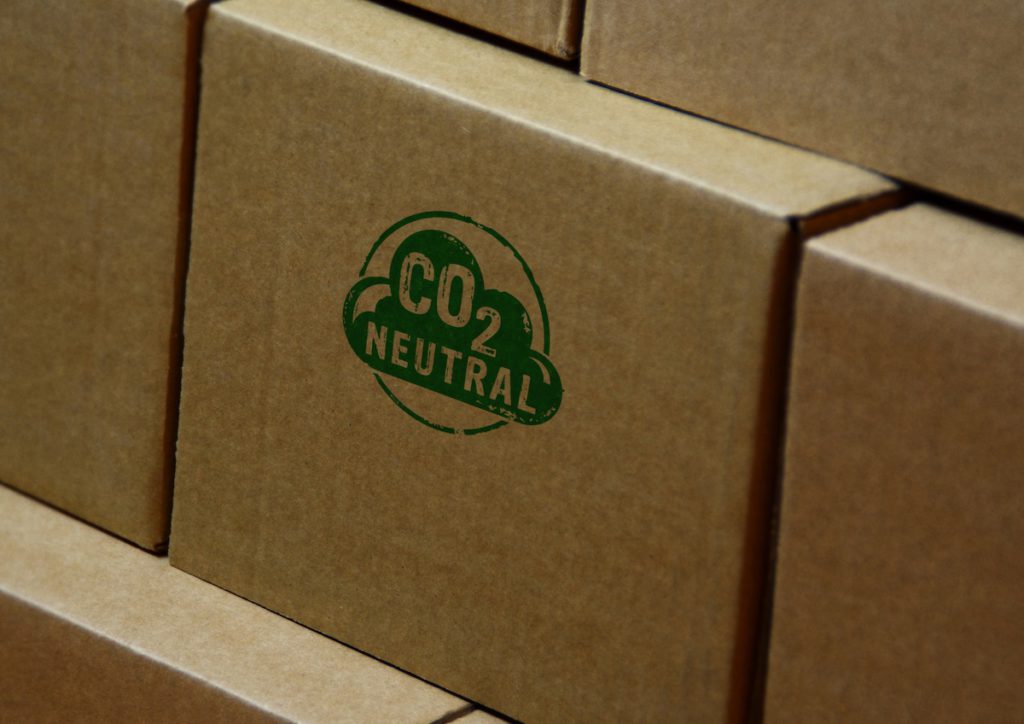Zero-Emission Fuels will be used to Decarbonize the Maritime Sector
Fuels must decarbonize for ships to decarbonize. To be on target for complete carbon reduction by 2050, 5 percent of the total shipping energy must be carbon neutral by 2030. Zero-emission fuels are the only solution.
This is a huge difficulty since shipping is not part of the Paris accord and, despite pressure from businesses, governments, as well as the UN, there is no consensus on a zero-emission fuels objective for the sector by 2050.
Worldwide, the International Maritime Organization (IMO) will have to dictate the pace, while upcoming EU regulations would also have an impact. While the legislative road remains uncertain, attempts are being made to constrain future fuel options for ships.
The business sector is leading the way in this regard, taking tangible steps to make zero-emission ships and energy the default choice by 2030, as discussed more below. To achieve our 2030 and 2050 goals, however, strong government action and regulatory frameworks are required.
The effects of the international shipping standards on the paper and pulp industry
Changes in global trade trends are caused by shifting and growing demand for pulp. Significantly longer transport routes will increase the percentage of marine transport, whereas the industry’s new tighter emission rules will add financial pressures all through the supply chain. The rising demand for paper and packaging products in China and other Asian countries has shifted international trade movements of pulp and wood chips. The raised market for tissue and high-grade packing material in these areas has increased the consumption of virgin market pulp. The majority of the new volumes have originated from Latin America and Europe.
The pulp and paper industry has always leaned on a mix of road, track, and maritime transportation. When logistically feasible, marine transport, including container liners and open hatch freight, is usually the most cost-effective and ecologically friendly option. Increased sea transport is unavoidable when trade quantities of forest sector goods rise and typical distances increase.

Making informed decisions about Zero-emission fuels
Although future fuels remain unclear, ammonia, methanol, and biofuels are major elements of the transition road.
Nevertheless, price is another issue to consider since all scalability zero-emission fuels being considered are significantly more expensive than existing bunker fuels. However, the expense of fossil fuels is likely to grow because of a carbon tax and regulatory measures.
“It is critical to distinguish between not understanding the possibilities and forecasting which fuel will be the best,” explains Keith Dawe, co-chair of the Getting to Zero Coalition’s Fuels and Technologies workstream and Cargill’s Head of Decarbonization and Energy Transition. “Various fuels necessitate different types of transition: ammonia will necessitate necessary facilities on land and aboard boats, meaning a comprehensive system transformation; Methanol can be introduced by reusing existing land-based infrastructure, which would require a vessel- by-vessel transfer. Biofuels offer minimal scaling, but they may be integrated into existing infrastructure, meaning a voyage-by-journey shift,” he says.
Ammonia
Ammonia bunkering, safety and design, and the participation of governments will all be important in the successful deployment of ammonia-fuelled boats. Some of its key aspects are as follows:
- Investments will mostly be land-based (ammonia synthesis, collection, transportation, and hydrogen generation), with market-based initiatives such as a carbon price adopted, although green ammonia could be upscaled from the supply and end-user sides.
- Green ammonia-powered ships will enjoy a variety of pilot and showcase projects to be deemed a viable alternative as a future fuel for the shipping industry.
- Safety and upstream factors, such as shipbuilding and bunkering, must be prioritized
Methanol
Methanol’s usage as a marine fuel has several benefits, including its ease of handling and compliance with operative safety and engine interoperability standards. However, because it is an alcohol, it contains carbon in its production. Unlike liquid hydrogen and ammonia, it raises the question of how carbon can be obtained on a large scale and over time. The following are the primary characteristics of methanol:
- There are several market opportunities for making methanol a fuel contender on the maritime decarbonization transition pathway.
- The manufacturing process, carbon sources feedstock, adaptability, and cost of various carbon sources all influence zero-emission methanol.
- Methanol is currently accessible and utilized as a transportation fuel, and it has an advantage over ammonia in terms of technology and safety. It will, however, be more expensive in terms of Total Cost of Operation (TCO) than pure ammonia.
- A stronger conversation between demand and supply-side entities will allow methanol investment growth. Ordering boats to operate on zero-emission fuels or methanol signals a need for extra manufacturing capacity.
Biofuels in the future
Bio-fuels are transport fuels generated from biomass resources, like ethanol and bio-based fuels. These fuels are frequently combined with fossil fuels, although they may also be used alone. Their important characteristics to consider are:
- Sustainable solutions or standards, like the Roundtable for Sustainable Biomaterials (RSB) standards and proper certification, can help to guarantee that possible negative consequences of biofuels are not moved elsewhere in the supply chain.
- There is no magic bullet for scaling zero-emission shipping fuels; nevertheless, biofuels may play a part in the transitional period route by providing the versatility of an intermediate drop-in solution or even as a zero-emission pilot fuel like e-ammonia or e-methanol.
- It is critical to remember that the spectrum of effects all along the distribution chain and across sectors influences investment decisions.
Approaches: Well-to-Wake and Life cycle analysis
Colours such as grey, blue, and green are frequently used to classify fuels. While this categorization provides information about the carbon emission concentration of the combustion process, it is not responsible for the remaining emissions throughout the value chain. To circumvent this problem, an LCA backed by a WtW method – measuring emissions and comparing fuels on an equal basis – may be used to capture emissions from the manufacturing process to the ultimate burning of a fuel.

Action in the present
Different levers are pushing the fast-moving trends of the various fuel paths toward shipping decarbonization. A call to action, for example, may mobilize support for urgent government action and enable policy frameworks to scale up the use of zero-emission fuels. The deployment of joint initiatives like the Nordic Green Ammonia Powered Ships and green corridors, in conjunction with a transition plan, are critical facilitators for progress on the transition road.
One enables the identification of concrete commercial and financial prospects in green energy initiatives. The other increases the sector’s knowledge base opens the discussion and reduces misleading narratives across industry activities and national, regional, and global policymakers.
There is no silver bullet, according to the Getting to Zero Coalition, to establish commercially viable zero-emission boats across deep-sea trade routes by 2030 and to decarbonize the marine value chain by 2050. As the business has previously demonstrated, several paths are already available to drive this shift.
Also, learn more about the journey of bagasse to paper.
